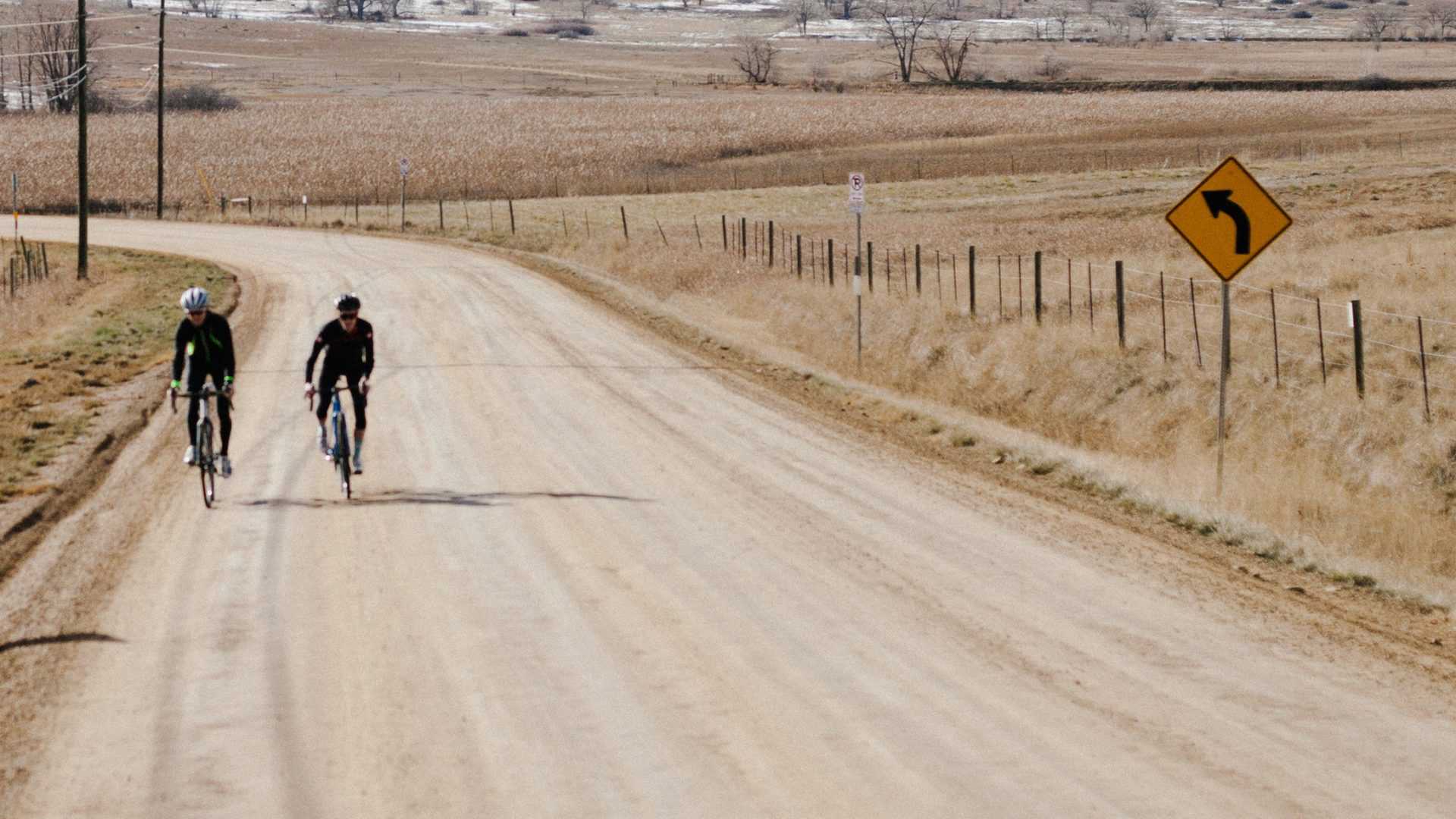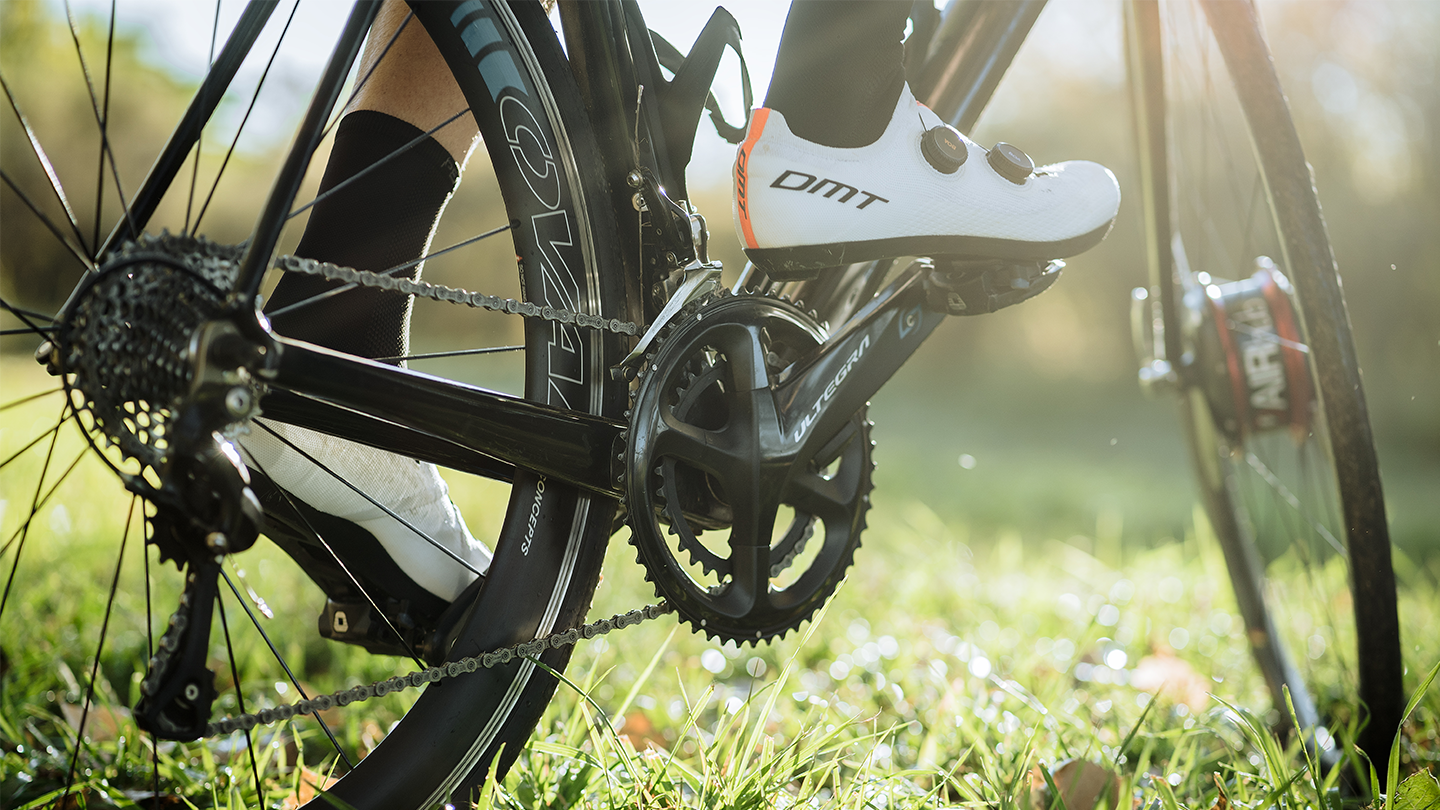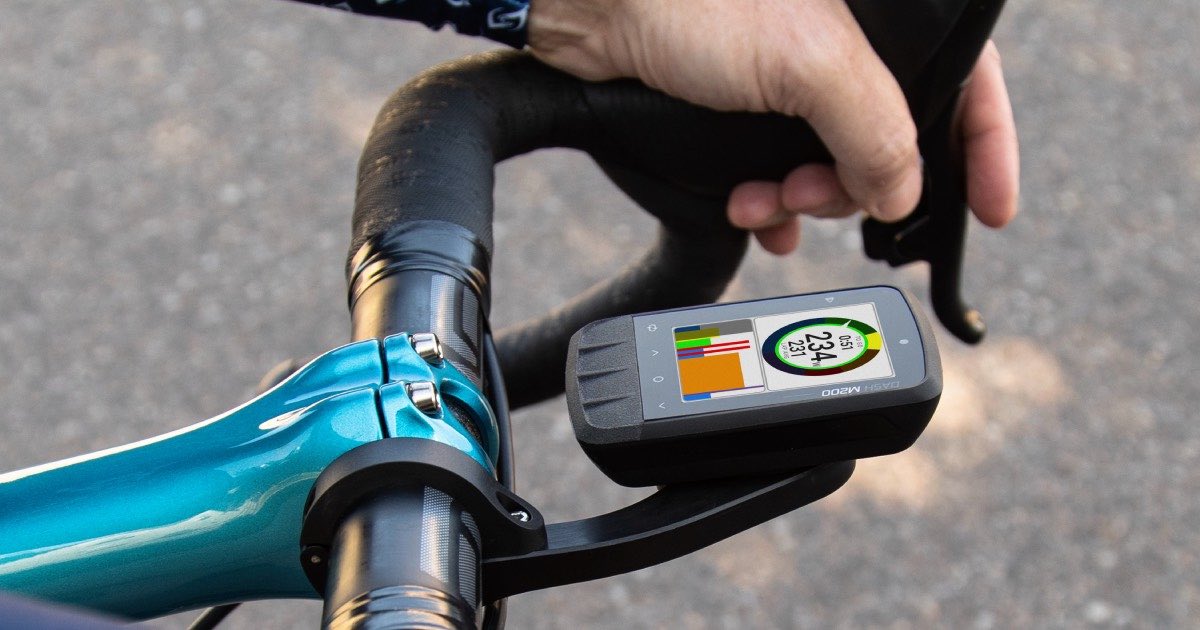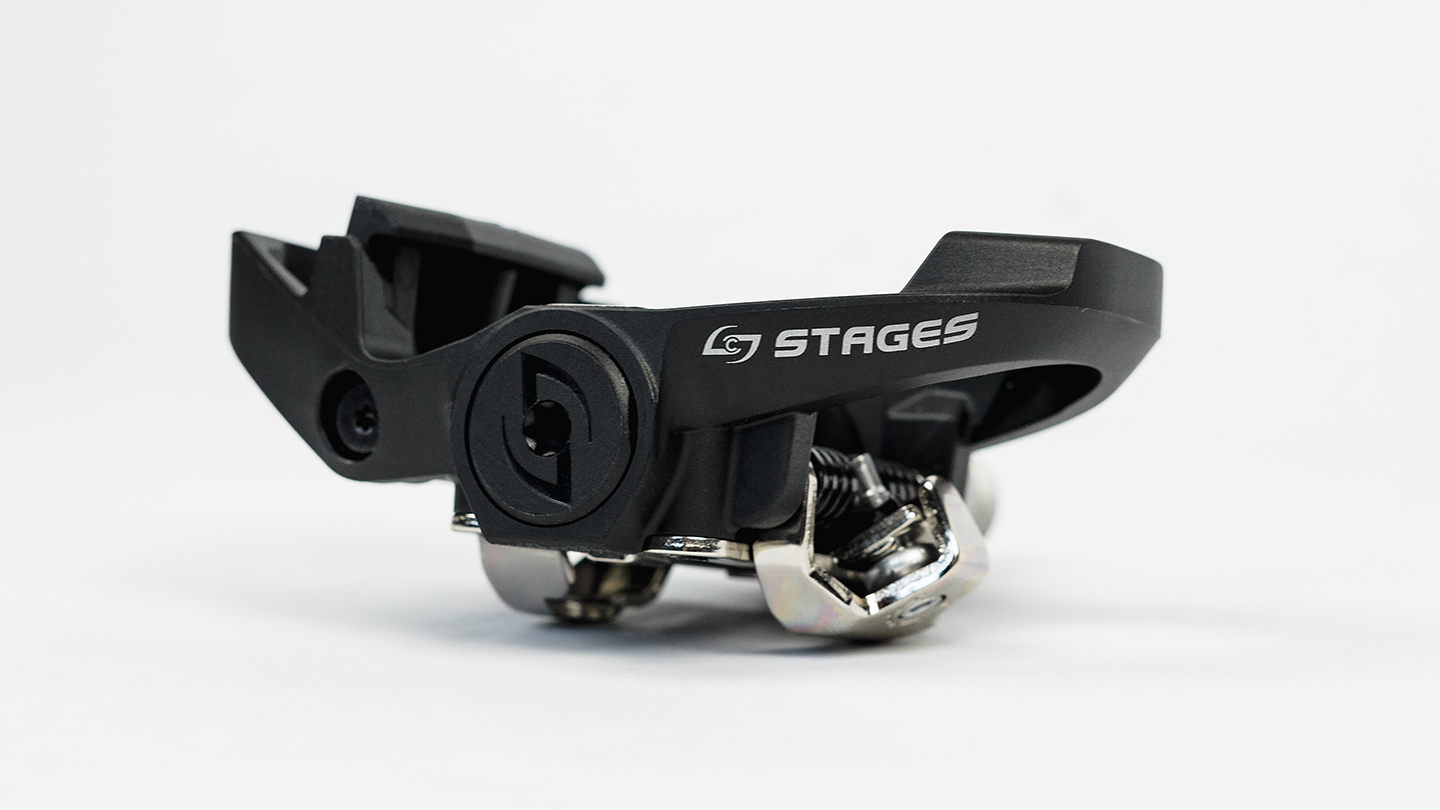HOW TO: Ride, Race and Train Your Way Through a Cold
- By Kate Hector
- Published: Feb 11, 2021
- Last Updated: Jun 30, 2022
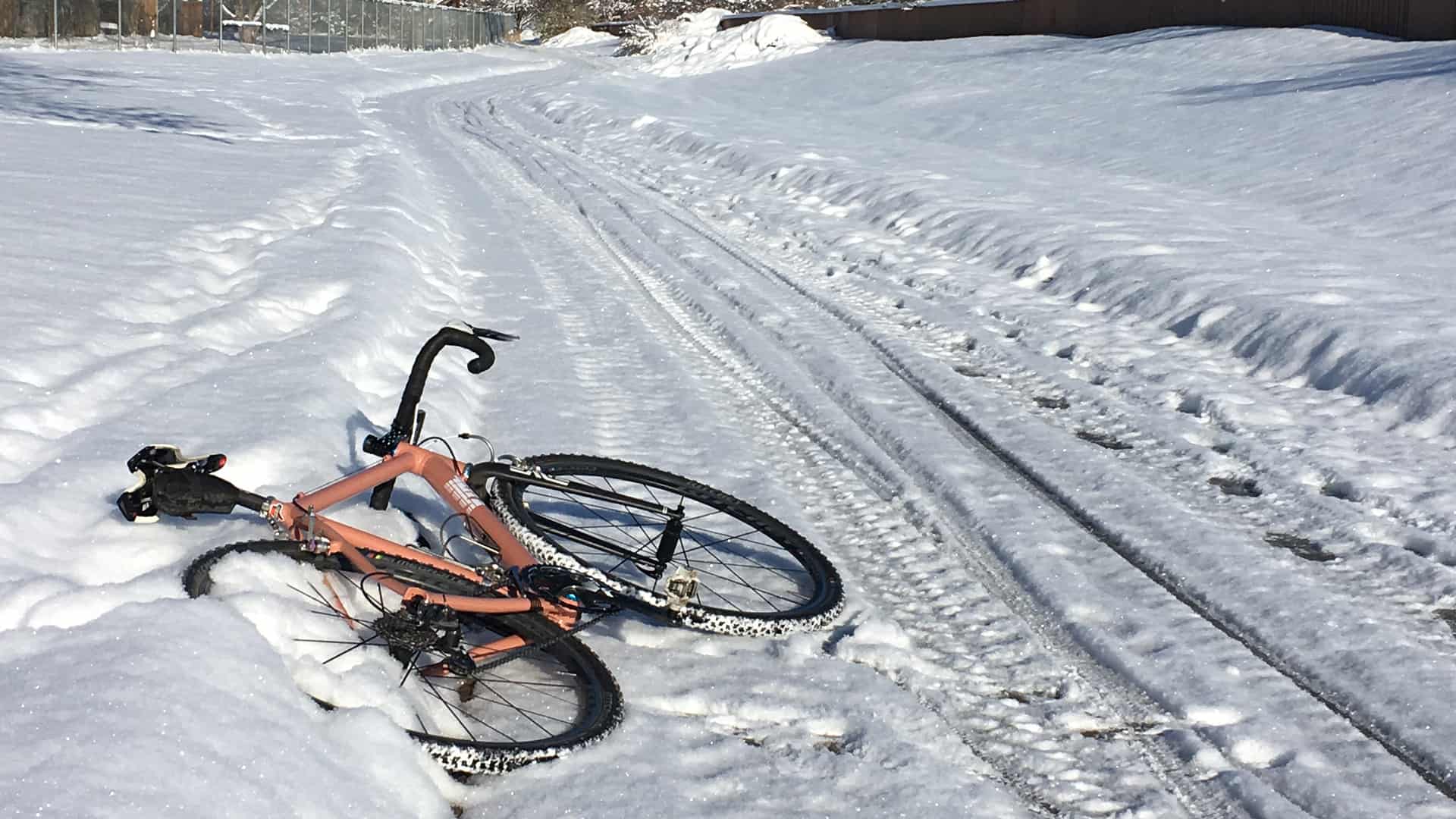
TRAINING WITH A COLD
Ready or not, cold and flu season is here. Fortunately, a common cold doesn’t have to wipe out your hard-earned fitness or seriously disrupt your winter training plans. All you have to do is know how to spot signs of illness coming on before it his and manage workload accordingly. This will have you back in the saddle at full strength ASAP, missing significant training time.
Ben Sharp, former USA Cycling Olympic Program Coach, and current Power Education Specialist at Stages Cycling, sat down to talk tips on dealing with training through cold season and minimizing time off the bike.
Sharp’s number one piece of advice:“If the cold is in your head, you can train at a moderate level, but if the cold is in your chest, you shut it down no matter what.”
This means if you have the classic ‘head cold’ symptoms: stuffed up but runny nose, sneezing, sore throat, you actually can continue to train at a moderate level. But once that cold gets into your lungs and you start coughing up phlegm, complete rest is the only way to making your condition worse and missing even more time on the bike.
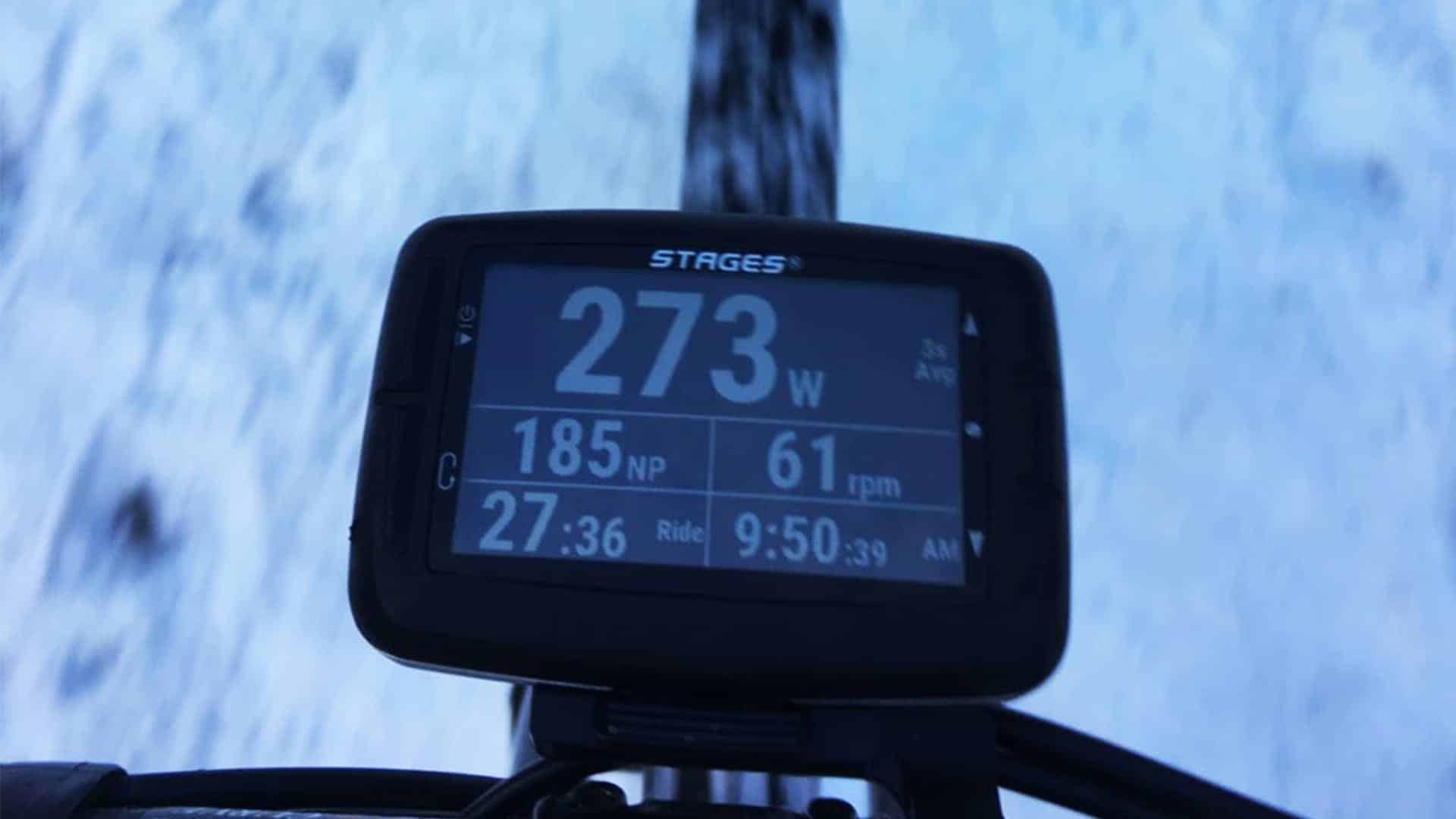

RULE 1: TAKE IT EASY
Getting sick doesn’t necessarily mean you have to surrender your goals. If you want to salvage a season from a cold, you have to be willing to be flexible with your training expectations.
Even in the midst of the season, Sharp stresses the importance of setting aside fears of losing fitness and taking time to rest:
“When it comes to dealing with injury or illness, I would rather we start training later rather than sooner. It’s better to be a little bit undertrained when recovering than exacerbate the issue and prolong the rebound.”
If you happen to fall ill during the build to a big race, it is critical to approach your training with caution. During this period, it is important to keep your eye on the big picture and to not be afraid of taking a few days off the bike.
TRAINING THROUGH A COLD
When it comes to training through a cold, context is king.
According to Sharp, each situation is unique and it is important to weigh what is at stake before mapping out a training plan:
“If you are a full-time racer and your contract next year depends on it, we have to keep pressing on the training. If you are an age-group racer and it's your hobby, it is probably not worth risking getting bronchitis, which could have a long-term negative effect.”
Even if you don’t have a something major on the line (like that major contract), it is never fun to watch fitness and racing goals go out the window. This is where intelligent health-management can pay major dividends. Taking two or three days of rest when you first feel the onset of that scratchy throat can get you on the path to a quick and easy recovery. Pairing substantial rest with USADA-approved medications can have you back in the game without missing any significant training and suffering a loss of fitness.
After a day or two completely off the bike, Sharp has his athletes come back with an easy, 30-minute ride in a warm environment. This usually means riding indoors on the trainer. The desired exertion level is making sure you are getting pressure on the pedals, while not pushing too hard.
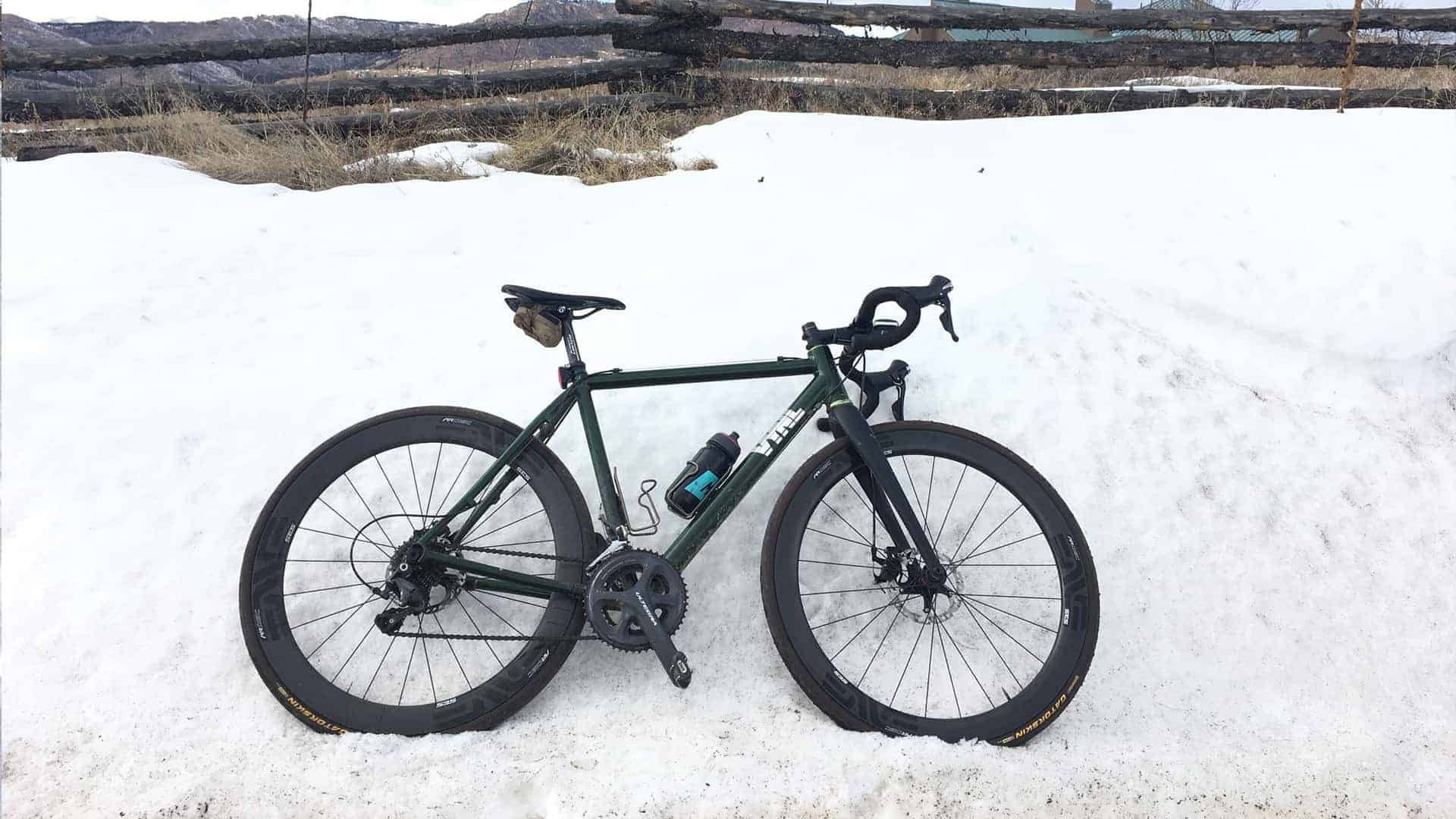

ADJUSTING HEART RATE AND POWER EXPECTATIONS
You likely know your heart rate and power zones extremely well, but when your body is fighting a cold, it is imperative to adjust expectations around your perceived effort, heart rate, and power output. Use your head unit to monitor these metrics, and make sure you aren't pushing too hard.
When you are under the weather, you will typically see a higher rate of perceived effort, along with a higher heart rate relative to power output.
This means that when you are fighting illness, the feedback from your body is going to register a higher effort, and your higher-than-normal heart rate readings will reflect this. Make sure any power-based training you perform while recovering from a cold adjusts for this and takes these factors into account.
GETTING BACK WHAT YOU LOST
The topic front and center on most athlete’s minds when coming back from a cold is making up for lost time. It is natural to want to dig yourself out of a perceived fitness hole, but this is the most common mistake people make when they return to training. It is never advisable to attempt to make up for missed workouts, as it will inevitably lead to overextension and cause fatigue or potentially another bout of illness.
Once you accept that the workouts you missed while sick are water under the bridge, the best course of action is to simply skip the workouts you missed. Of course, this plan of action has to be adjusted if you missed significant fitness development workouts. This is when having a coach can pay major dividends as they can expertly guide you through the process of intelligently mixing your significant missed workouts with your new workouts. Even in the absence of a dedicated coach, this can be navigated if you use your power data to carefully weave essential missed workouts into your schedule.
No cyclist likes catching a cold, and coming back from a weakened state is always a challenge, but listening to your body and carefully managing your efforts can go a long ways towards mitigating the downsides traditionally associated with getting sick. If managed correctly, you won’t have to abandon hope of peaking for those big cross goals or forfeit weeks of fitness during your offseason road training.












